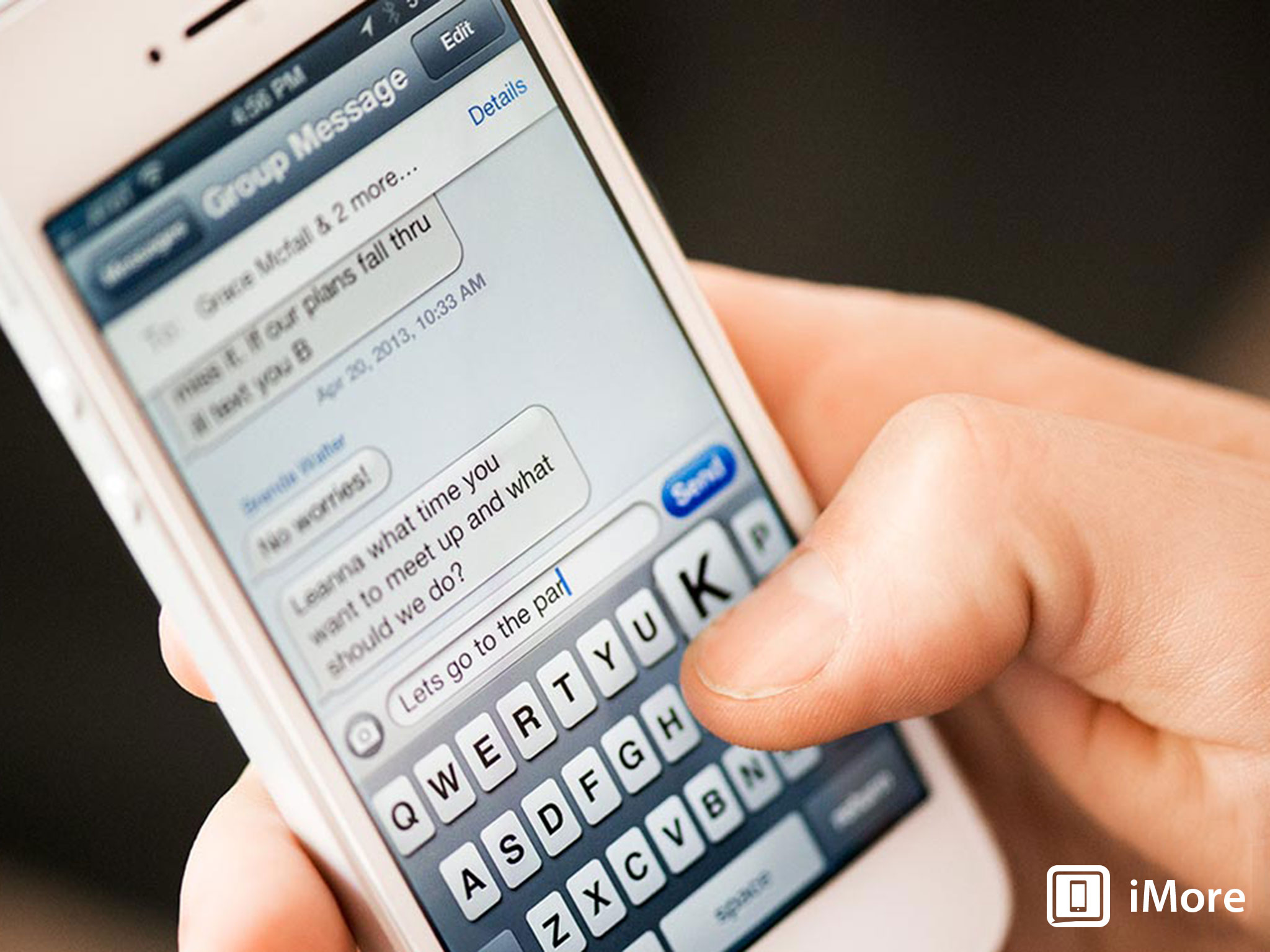Investigating iMessage security and privacy claims

How secure and how private is iMessage, Apple's SMS/MMS-like communications platform? Earlier this month, after news broke about the NSA's electronic surveillance program, codenamed PRISM, Apple released a statement detailing some specifics on the number of requests they receive from government agencies for customer records. As part of the statement, Apple claimed that iMessage conversations use end-to-end encryption and therefore cannot be decrypted by Apple:
For example, conversations which take place over iMessage and FaceTime are protected by end-to-end encryption so no one but the sender and receiver can see or read them. Apple cannot decrypt that data.
Matthew Green, cryptographer and research professor at Johns Hopkins University, has raised some important questions about these claims, based on what little information is publicly available about iMessage encryption. In a post on his Cryptography Engineering blog, Green writes:
And that's the problem with iMessage: users don't suffer enough. The service is almost magically easy to use, which means Apple has made tradeoffs -- or more accurately, they've chosen a particular balance between usability and security. And while there's nothing wrong with tradeoffs, the particulars of their choices make a big difference when it comes to your privacy. By witholding these details, Apple is preventing its users from taking steps to protect themselves.
The first point Green raises is that iMessages are backed up and can be restored to a new device. If iMessages can be restored to a new device, then the encryption key can't be locked to the device. You can also read messages after resetting your password, meaning that the data must not be encrypted with your password either. This makes it unlikely, if not impossible, that the keys used to encrypt the stored messages are not possessed or recoverable by Apple.
Ultimately, there's no way for a person to know that messages are being encrypted with the correct public key to ensure only the intended recipient can decrypt them.
Green's second point has to do with how Apple distributes iMessage encryption keys. If you send another person an iMessage, it is encrypted using their public key. They can then decrypt the message using their private key. However, you have no way of knowing whose public key you're receiving from Apple to encrypt the messages. For instance, Apple could theoretically have you encrypt the messages with their public key, in which case, Apple could decrypt the message being sent with their private key. This isn't a particularly likely scenario as such an act, once discovered, would destroy any goodwill users have with Apple in entrusting them with their privacy. Although, a third party could also do the same if they had access to Apple's systems. Ultimately, there's no way for a person to know that messages are being encrypted with the correct public key to ensure only the intended recipient can decrypt them.
The third issue raised is Apple's ability to retain metadata. Even if all of the contents of your iMessages are securely encrypted, Apple's statement says nothing about protecting the metadata of those messages. This metadata would show who you talked to at what time, and possibly other seemingly innocuous details. While many people don't find this too concerning, an alarming number of details can be gleaned from this type of metadata. Without Apple addressing it in their statement, it remains unknown how this metadata is protected, if at all.
Finally, while iMessage does make use of SSL to encrypt communications with Apple's directory lookup service, it does not employ certificate pinning. SSL helps guarantee that communications are encrypted between the client and server. However, without certificate pinning, there is no assurance as to the identity of the server. It is not unheard of for valid SSL certificates to be forged, making it possible for malicious third parties to perform intercept traffic. Certificate pinning works by explicitly telling an application which SSL certificate should be trusted, rather than trusting any certificate issued by a trusted certificate authority.
This doesn't necessarily mean you should stop using iMessage.
This doesn't necessarily mean you should stop using iMessage. Many electronic communication methods, such as email, don't offer any sort of encryption by default. iMessage's encryption, at the very least, offers protection from casual eavesdroppers or criminals looking to capture your information. The points outlined by Green mean it could be possible for Apple, and in-turn law enforcement agencies, to decrypt communications sent over iMessage.
iMore offers spot-on advice and guidance from our team of experts, with decades of Apple device experience to lean on. Learn more with iMore!
Unfortunately, it's difficult to know anything more specific without Apple providing more details on how they secure these communications.
Source: Cryptography Engineering

